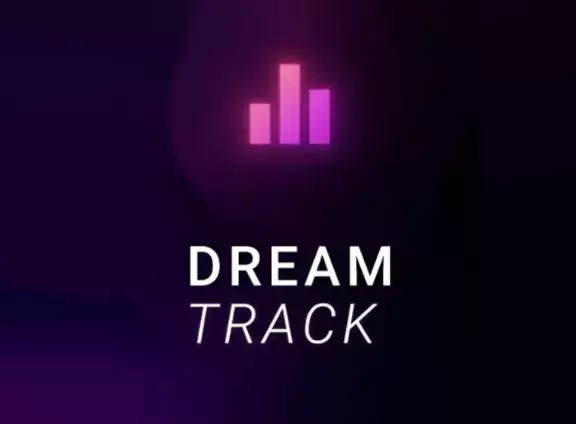YouTube has made a notable advancement in the realm of content creation by expanding its innovative “Dream Track” audio generation feature to all creators residing in the U.S. This initiative, which employs artificial intelligence to synthesize short audio clips from text prompts, aims to provide users with unique, royalty-free soundtracks tailored for their videos. As the landscape of digital media evolves, tools like Dream Track promise to reshape how creators engage their audiences and enhance their storytelling through sound.
At the core of Dream Track is Google DeepMind’s Lyria music model, a cutting-edge framework designed to generate musical compositions. By collaborating with various artists, YouTube has compiled a comprehensive library of sound cues that serve as foundational elements for the AI system. Initially launched in 2023 with limited accessibility, Dream Track is now available to a broader audience, allowing users to produce instrumental audio suitable for their short clips—most specifically, YouTube Shorts. The ability to generate audio that lasts up to 30 seconds empowers creators to infuse their projects with a personalized auditory experience that aligns with their visual content.
Features and Limitations
Despite the significant strides made with Dream Track, there are some constraints that users will need to navigate. Currently, the tool does not support the generation of vocal tracks, narrowing its functionality primarily to instrumental music. Nonetheless, the potential for enhancing video presentations is substantial. With the right sound, creators can set the tone for their content, amplifying the emotional resonance and overall viewer engagement. YouTube CEO Neal Mohan has emphasized this new capability as an invaluable asset for content development—particularly for platforms where brevity is key, like Shorts.
YouTube’s collaboration with musicians may not have produced the expected outcome of fostering deeper connections among artists, creators, and fans at this stage; instead, it appears to lean more towards the creation of basic jingles. However, the initial rollout of Dream Track could pave the way for future enhancements, potentially introducing more sophisticated features and an expanded array of audio choices. This development reflects YouTube’s commitment to evolving content creation tools, possibly leading to more intriguing avenues for artistic expression.
With the deployment of Dream Track, all U.S. creators now have the opportunity to experiment and innovate with sound in ways that were previously constrained to seasoned audio professionals. As YouTube continues to expand its toolkit for creators, the significance of custom audio in elevating video content cannot be overstated. Overall, Dream Track serves not only as a tool for individual expression but also as a glimpse into the future of audio generation in the ever-evolving landscape of digital media. Embracing this newcomer could herald a transformative chapter in content creation, urging creators to push boundaries and explore new heights of originality.

